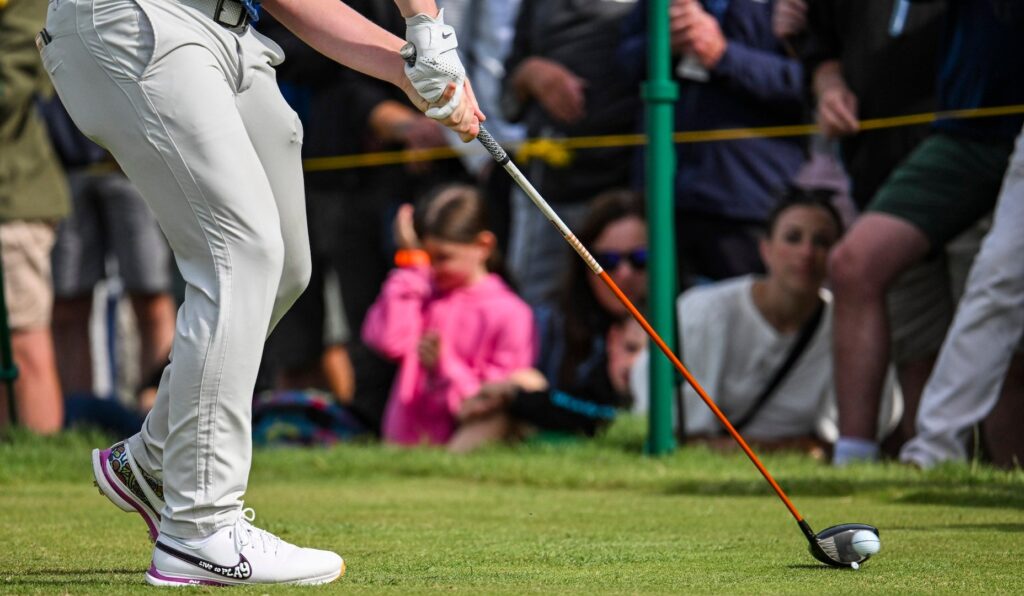In the world of golf, the term “spin” is a crucial aspect that players need to understand to improve their game. However, defining spin isn’t as straightforward as it may seem. The Fully Equipped crew delved into this topic in their latest episode, breaking down what spin really means in the context of golf. By understanding the concept of spin, players can better control their shots and ultimately enhance their performance on the course.
Spin in golf refers to the backspin or sidespin that is applied to the ball when it is struck. Backspin occurs when the clubface makes contact with the ball in a way that causes it to rotate backwards, while sidespin happens when the ball spins around a horizontal axis. These spins can have a significant impact on the flight and trajectory of the ball, affecting factors such as distance, accuracy, and control. By mastering the concept of spin, players can manipulate their shots to better suit the demands of the game.
One of the key factors that influence spin in golf is the type of golf club being used. Different clubs have different lofts, which affect the angle at which the ball is struck and the amount of spin that is generated. For example, wedges with higher lofts are designed to produce more backspin, making them ideal for shots that require a higher trajectory and softer landing. Understanding how each club influences spin can help players make more informed decisions on the course and choose the right club for each shot.
Another factor that affects spin in golf is the quality of the contact between the clubface and the ball. Clean contact is essential for generating optimal spin, as any inconsistencies or imperfections in the strike can diminish the effectiveness of the spin. Factors such as club speed, angle of attack, and swing path all play a role in determining the quality of the contact and the resulting spin. By honing their technique and developing a consistent and repeatable swing, players can improve the amount and control of spin they generate.
In addition to club selection and contact quality, external factors such as course conditions and weather can also impact spin in golf. The type of grass, firmness of the turf, and moisture levels on the course can all influence how the ball reacts when it lands, affecting the amount of spin that is generated. Similarly, wind speed and direction can alter the trajectory of the ball in flight, requiring players to adjust their spin and shot selection accordingly. By adapting to these external factors and understanding how they influence spin, players can better navigate the challenges of the course and improve their overall performance.
Understanding spin in golf is essential for players looking to take their game to the next level. By grasping the concepts of backspin and sidespin, players can better control the flight and trajectory of their shots, leading to more consistent and accurate results on the course. Factors such as club selection, contact quality, and external conditions all play a role in determining the amount and effectiveness of spin in golf. By honing their skills, developing a deeper understanding of spin, and adapting to the demands of the game, players can enhance their performance and unlock their full potential on the course.


